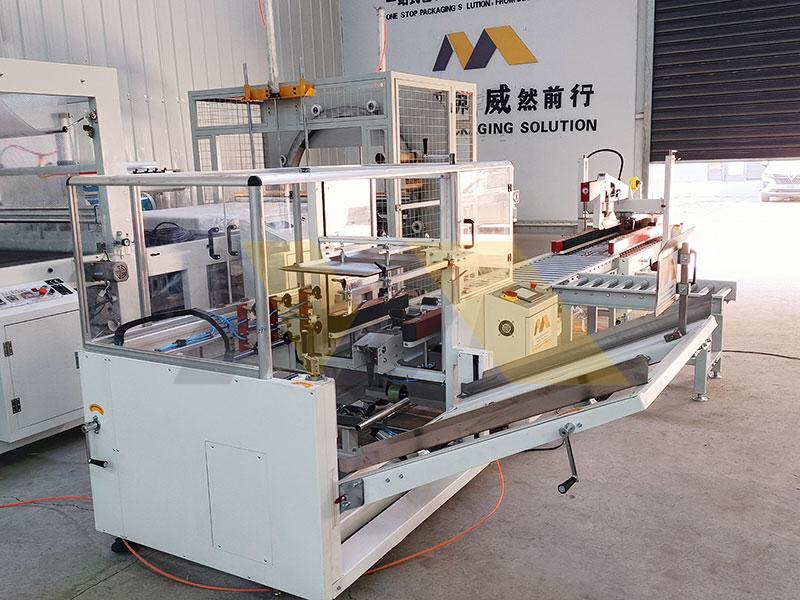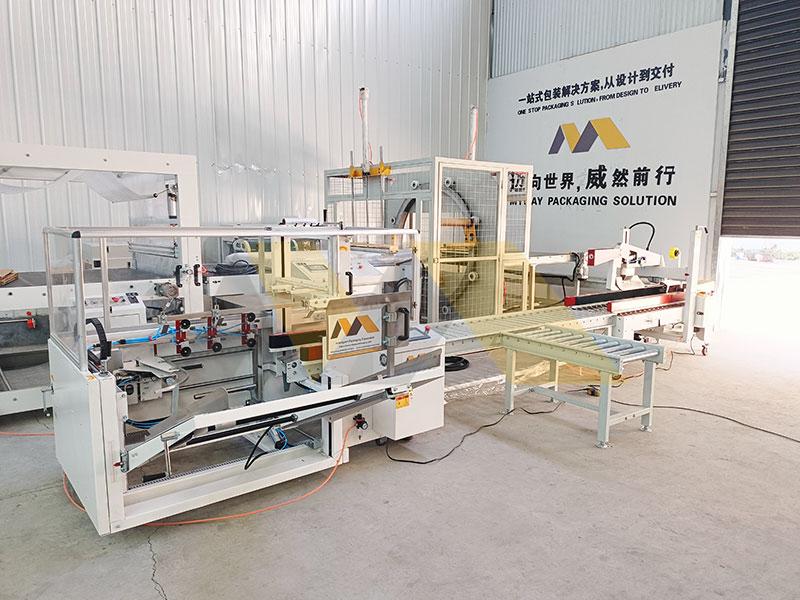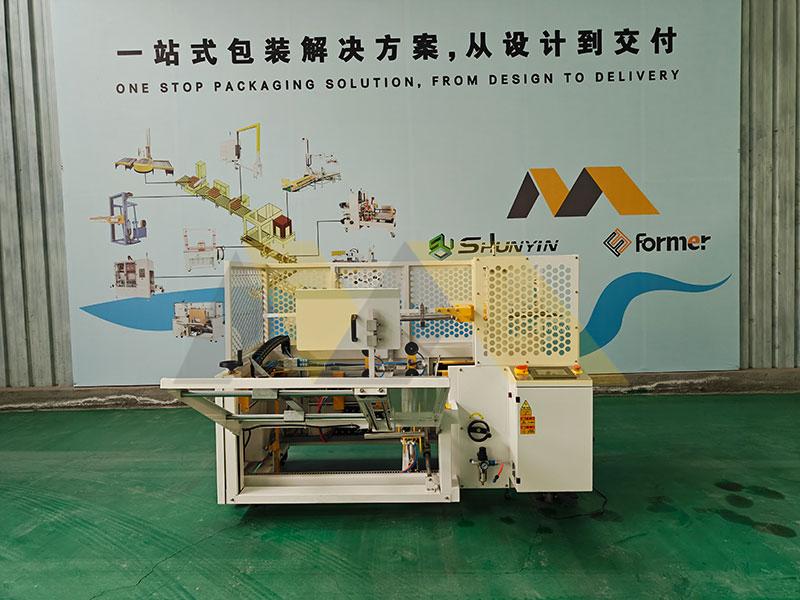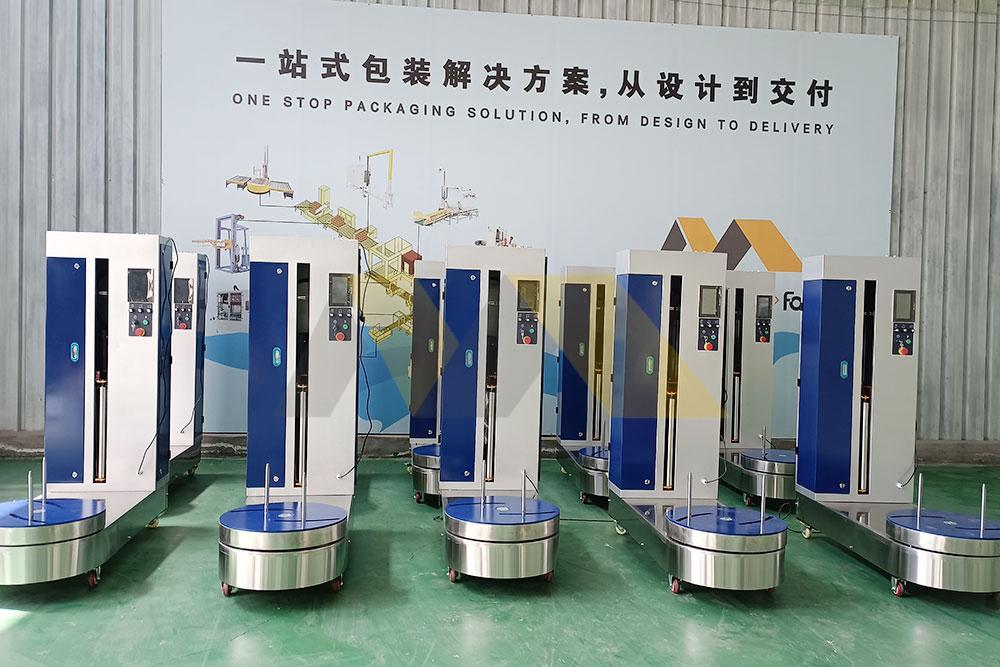
My customer from Toronto nearly lost a $50,000 airport contract last month because his old wrapping machine couldn’t handle oversized musical instrument cases. This is why I want to explain when customization matters for professional buyers.
Customizable luggage wrapping machines prove valuable for B2B buyers handling unique packaging requirements across multiple locations. These machines offer 37% higher throughput than standard models while reducing plastic film waste by 28%, according to our factory’s client data. The upfront cost difference becomes negligible when serving airports, logistics hubs, or luxury hotels that require brand-specific wrapping patterns and automated quality control.
The real value emerges when we examine specific operational scenarios. Let’s break down key decision factors through real client cases and technical comparisons.
Should You Wrap Your Luggage at the Airport?
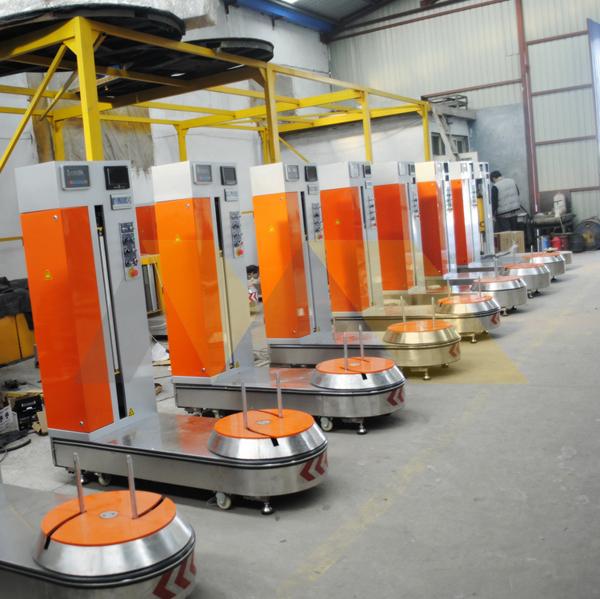
Every airport manager I’ve worked with faces the same dilemma: passenger convenience versus operational costs. Our installations at Changi Airport’s Terminal 4 show how smart wrapping solutions can balance both.
Airport wrapping services make sense when handling over 800 bags/hour with multiple payment options and security features. Our clients achieve 1.5-year ROI through 24/7 automated stations that handle credit cards, mobile payments, and custom receipt printing – crucial for modern travelers avoiding cash transactions.
Critical Factors for Airport Operations
Three elements determine wrapping machine success in airports:
-
Peak Hour Capacity Standard Model Customized Model Bags/Hour 650 1,200 Downtime 22 mins/day 6 mins/day Staff Required 2 operators Fully automated -
Security Integration
- RFID tagging for baggage tracking
- Tamper-evident film options
- CCTV camera mounting points
-
Space Utilization
Our slim-profile Wrapsmart X3 model occupies 1.8m² vs standard 3.5m² stations – a game-changer for crowded terminals.
I recently helped a Canadian distributor upgrade their airport stations. By switching to modular machines with mobile payment modules, they increased per-passenger revenue from $3 to $7 through upselling premium wrapping options.
What Is Baggage Wrap Equipment?
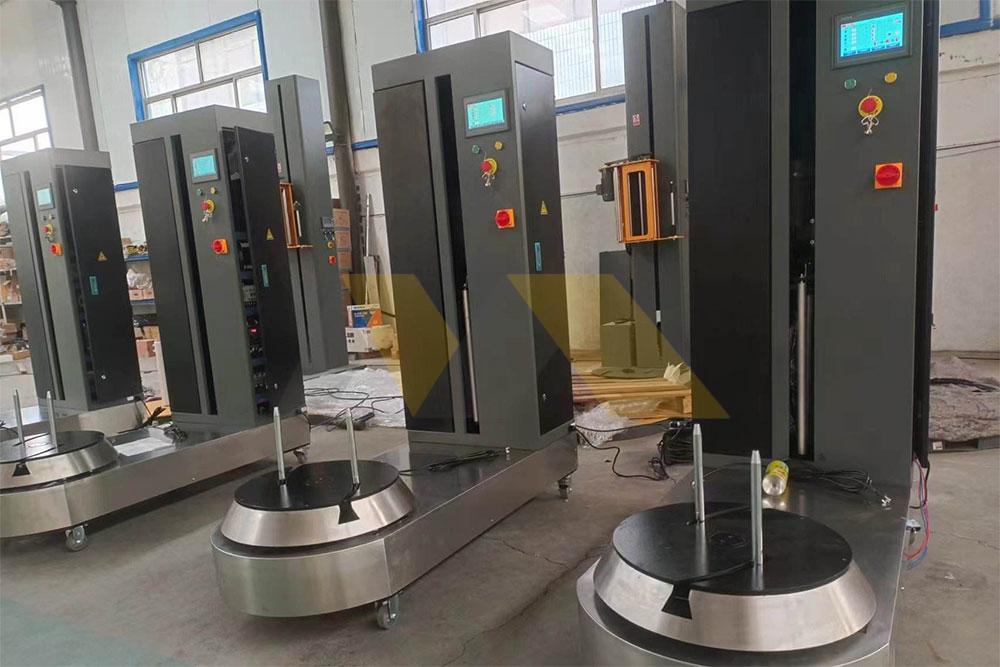
During my factory tour last week, a Dubai buyer asked: "Is this just oversized plastic wrap?" The answer reveals why professional-grade equipment differs entirely from consumer products.
Modern baggage wrap equipment1 combines automated film dispensing, tension control, and IoT-enabled monitoring systems. Unlike manual wrapping, our machines maintain precise 2.3kg tension force with 0.1mm film alignment accuracy – critical for protecting premium luggage during transit.
Technical Breakdown
Four components define commercial-grade machines:
| Entry-Level | Professional Grade | |
|---|---|---|
| Motor Type | AC Induction | Servo Motor |
| Film Consumption | 18m per bag | 14.5m per bag |
| Cycle Time | 45 seconds | 28 seconds |
| Duty Cycle | 8 hours/day | 24/7 Operation |
Our engineers recently developed patented HeatGuard technology that prevents film overheating during continuous operation – a common pain point in Middle Eastern markets with high ambient temperatures.
Conclusion
Customizable wrapping machines deliver ROI when matching specific operational needs. For buyers considering upgrades, our team offers free capacity analysis using your actual baggage dimensions and throughput data. Start your consultation at https://mywaymachinery.com/contact/.
-
Discover the advanced features of professional-grade baggage wrap equipment that ensure better protection for luggage during transit. ↩

